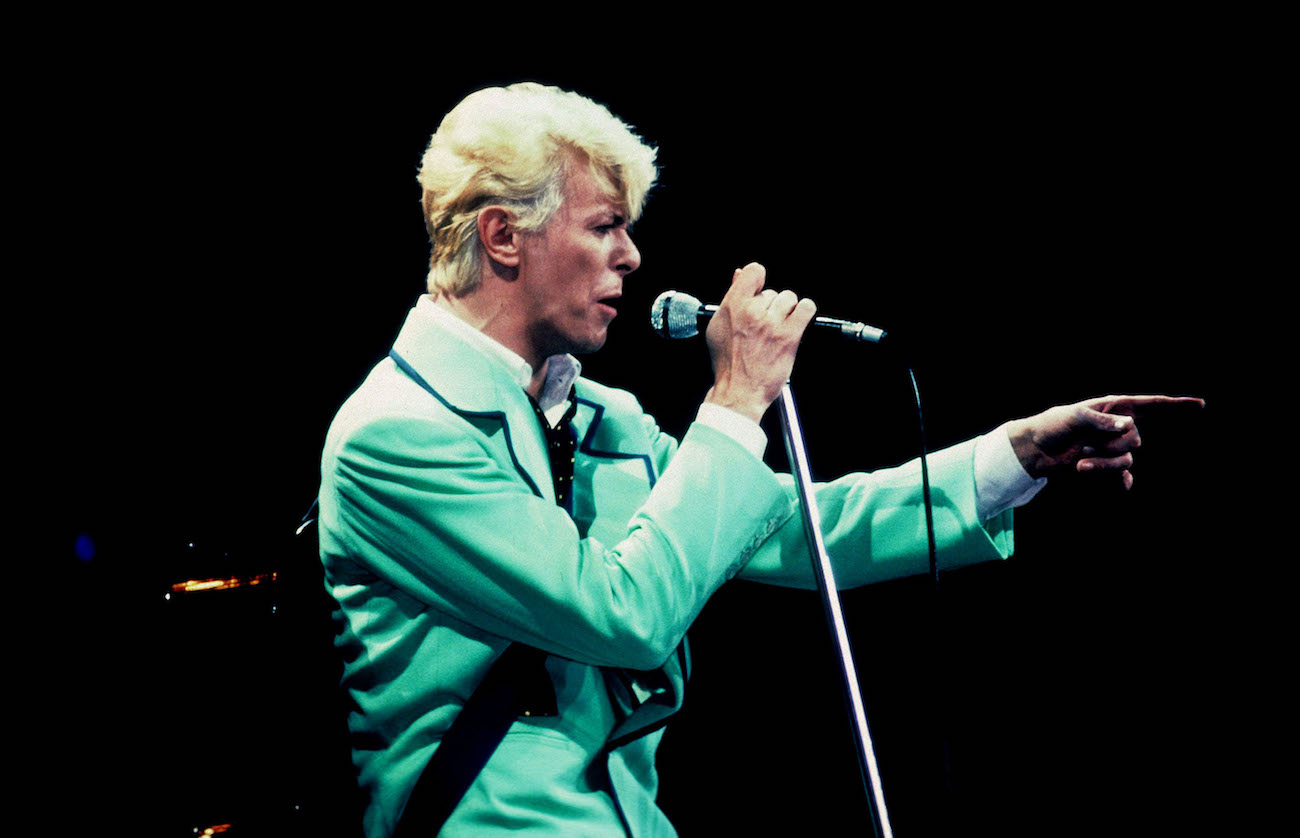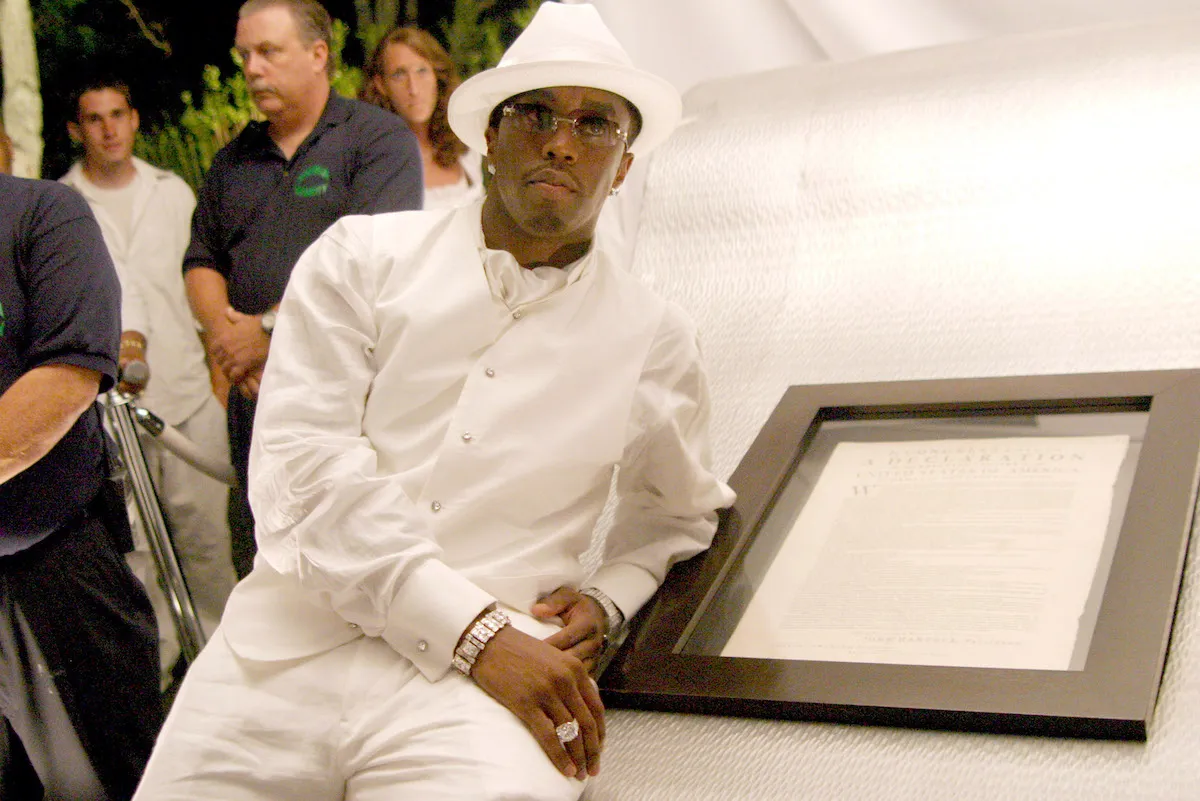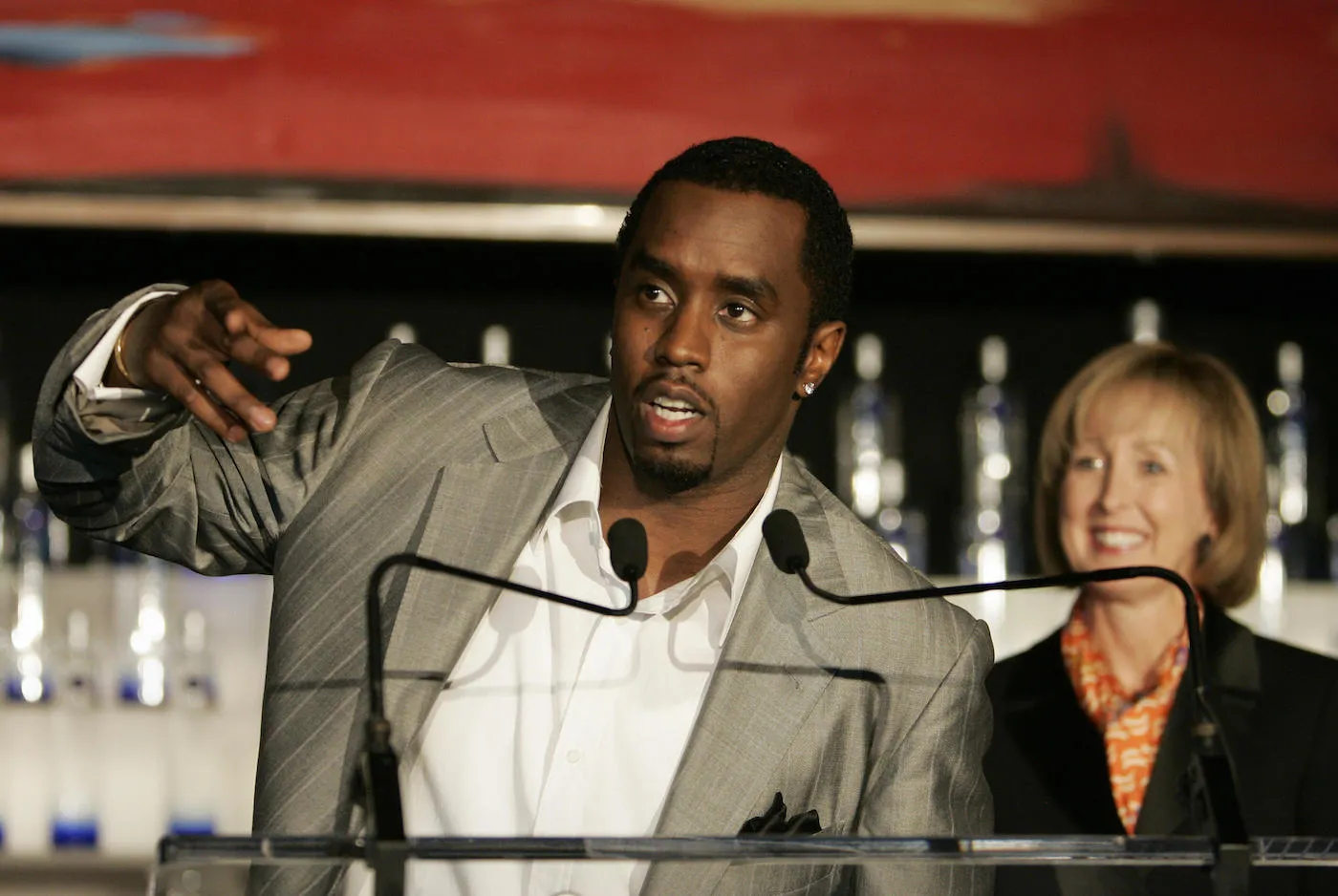David Bowie Said ‘Let’s Dance’ ‘Drove Him Mad’ Because It Put Him in a Box
If David Bowie had one regret about the 1980s, it would have been recording “Let’s Dance.” He enjoyed the success that all his other music gave him, but he didn’t like what that one tune and its accompanying album did to his image and his career. He said it put him in a box, but fans loved it anyway.

David Bowie said ‘Let’s Dance’ drove him mad because it put him in a box
At the start of the 1980s, glam rock was out. MTV aired mainstream pop. Artists’ popularity skyrocket like never before. It was a no-brainer adopting a more pop attitude for a chameleon like Bowie, who had already reinvented himself many times by 1980. Still, it was daunting at first.
“I tried passionately hard in the first part of the ’80s to fit in, and I had my first overground success,” Bowie told Interview in 1995. “I was suddenly no longer ‘the world’s biggest cult artist’ in popular music.”
With the success of Let’s Dance and its titular track, Bowie turned into a pop icon. However, it had adverse effects on the singer’s career, at least according to him. He felt as if he was in a creative low.
“I went mainstream in a major way with the song ‘Let’s Dance,'” Bowie explained. “I pandered to that in my next few albums, and what I found I had done was put a box around myself. It was very hard for people to see me as anything other than the person in the suit who did ‘Let’s Dance,’ and it was driving me mad—because it took all my passion for experimenting away.
“I had turned the tables on myself and found out that I was working for an audience instead of for myself.”
Bowie’s bandmates saw how unhappy he was in the mainstream
Bowie’s Tin Machine bandmate Reeves Gabrels and his long-term pianist Mike Garson recently spoke to Uncut (per Express) about Bowie’s displeasure about “Let’s Dance.”
When Bowie formed Tin Machine in 1988, Gabrels said the singer was looking to revamp his image once again. “Tin Machine had been a reset,” he said. “[David Bowie] felt he had lost his way after Let’s Dance. He didn’t like where he was going and wanted to change it, so Tin Machine fell on that grenade.”
“He said to me at one session in the early ’90s that he needed to get back to his essence,” Garson added. “‘Let’s Dance’ was such a big hit, it threw him and he lost his centre. For an artist like David, that was very disturbing.”
How much money did Bowie earn in the 1980s?
Even though Bowie was unhappy about his success with Let’s Dance, and most of his albums of the 1980s, they made him very wealthy.
Time wrote, “In the ’80s, Bowie was also wealthier than ever. EMI paid him between $10 million and $17 million to make five albums. After Let’s Dance, Bowie retreated to Switzerland to work and ski. His follow-ups, 1984’s Tonight and 1987’s Never Let Me Down, were overproduced and underinspired. Bowie had abandoned the freaks for Let’s Dance, and he had no idea how to get them back or how to keep his new Top 40 audience interested.”
Still, the album and its title track alone brought Bowie to new heights. It did very well in several countries and remains Bowie’s most successful album. Not all artists are satisfied with their work, though.


